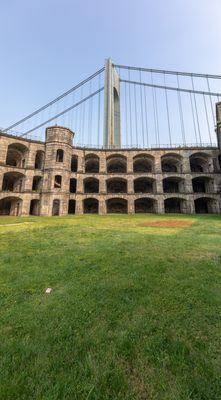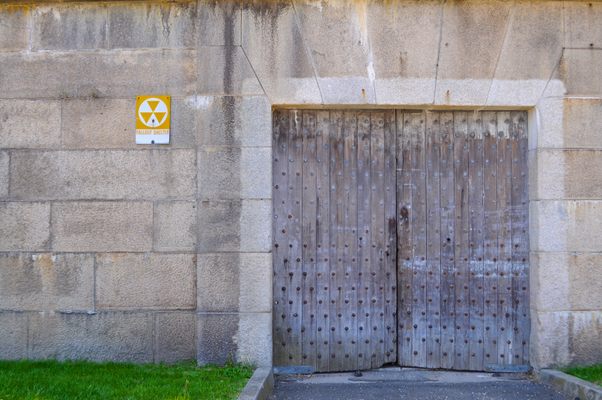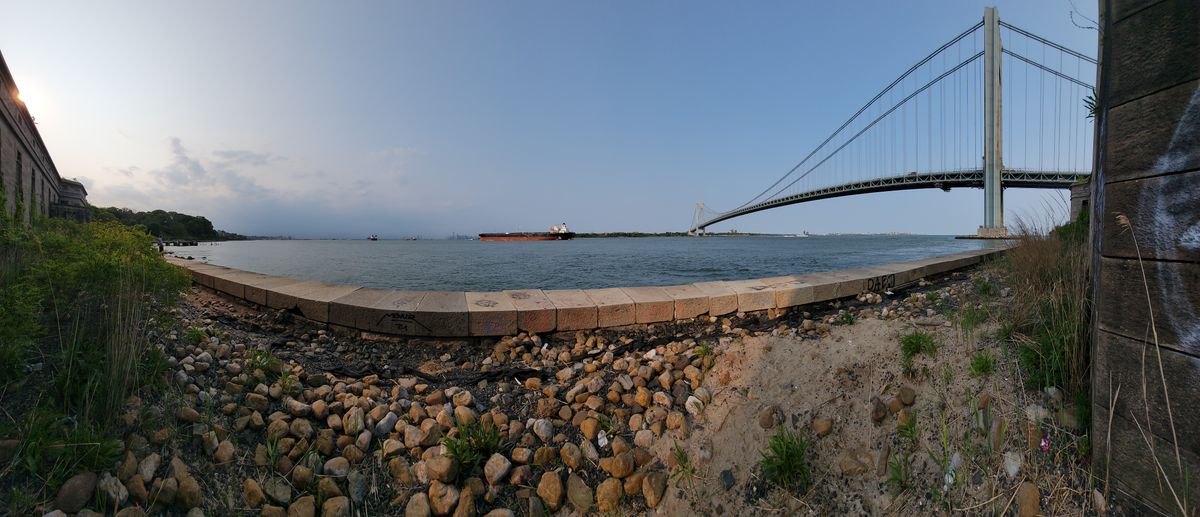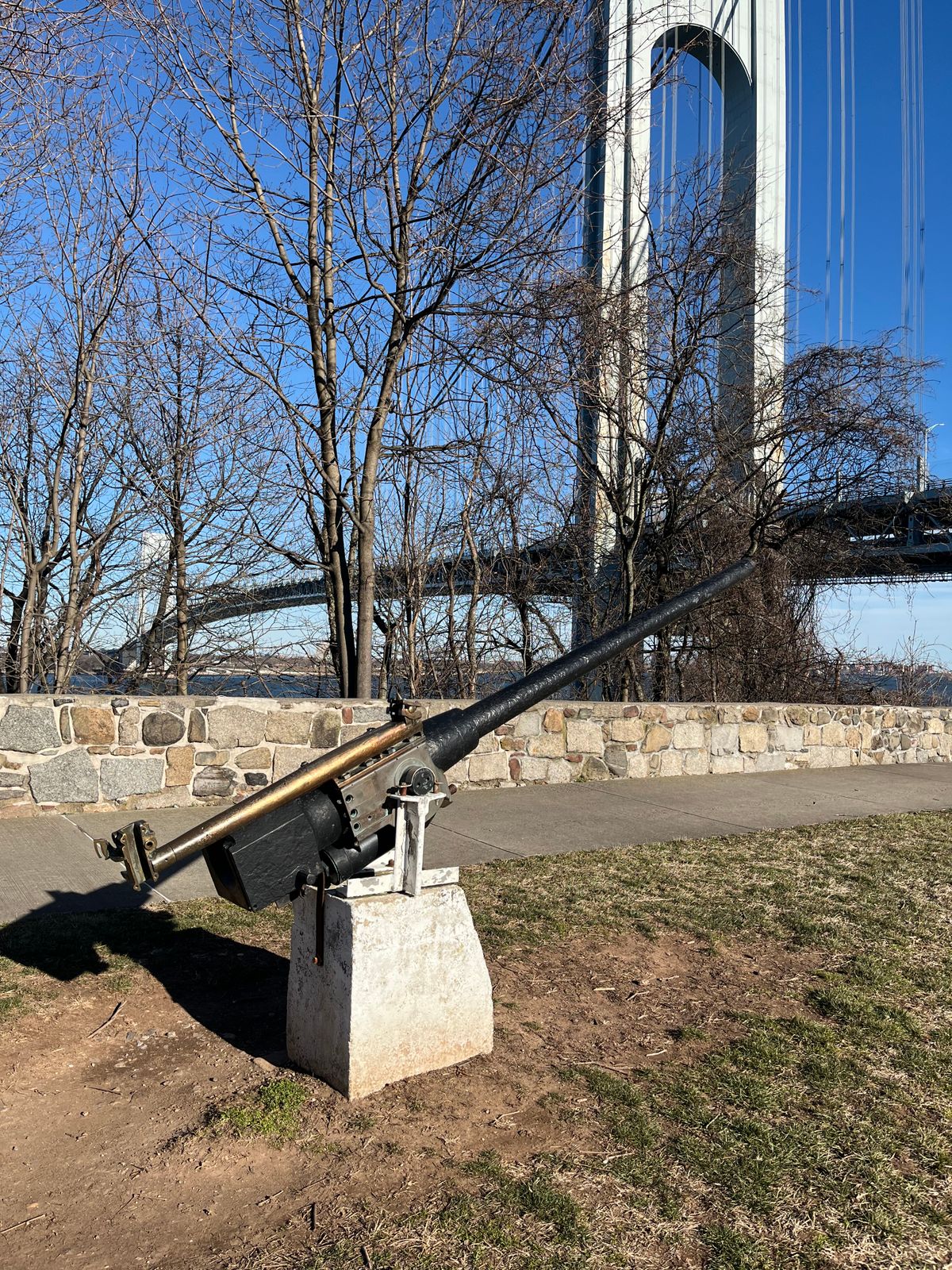About
Before closing in 1994, Fort Wadsworth held the record for the longest continually-occupied military base in the United States. Sitting on the shore of New York’s Staten Island, perfectly placed to guard New York harbor and the rest of the city, its location does make a lot of strategic sense, yet despite its advantages, its actual military career was a bit spotty.
The first fortification on the site was a small Dutch fort built in 1663. The fort passed into English hands in 1776, when the British took control of New York during the Revolutionary War; then reverted to New York’s control at the war’s end. The city expanded a bit, starting work on three more forts; but none of them were finished by the beginning of the War of 1812 and the new Federal government had to step in and rush the job. Only 15 years later, the government declared the slapdash forts “unfit” and decided to start over, knocking down all four and replacing them with a pair of much larger forts – Fort Richmond, on the beach, and Fort Tompkins, on the hill just above. They completed both structures in 1861, shortly after the onset of the Civil War.
The Civil War was the site’s heyday. 1,900 men were stationed there during the War, and a Union Army hero, Brigadier General James Wadsworth, lent the site its new name. But the same war brought huge advances in naval weaponry, and by the war’s end, the government realized that many of its older naval forts, Fort Wadsworth among them, were now obsolete, and halted all funding for their construction and maintenance. So after only nine years, Fort Wadsworth was downgraded again, and in 1884 was staffed by only 41 men. The ranks swelled again briefly during the First World War, and the site offered a 21-gun salute to former President Theodore Roosevelt during a 1910 state visit, but for most of the 20th century, Fort Wadsworth was a simple army post, then a school for U.S. Army Chaplains and finally a naval base before it was decommissioned in 1994.
Today the grounds of Fort Wadsworth are part of the Gateway National Recreation Area. The three-story ruins of Fort Richmond still sit on the beach, and Fort Tompkins’ own ruins sit higher; rangers occasionally offer guided tours for both. Parts of the site are still under military control, but the sites open to the public offer picnic sites, bird watching sites, and even a handful of campsites further down the beach from Fort Richmond. The site is also the traditional starting line for the New York Marathon each year.
Related Tags
Community Contributors
Added By
Published
September 1, 2014








































































































